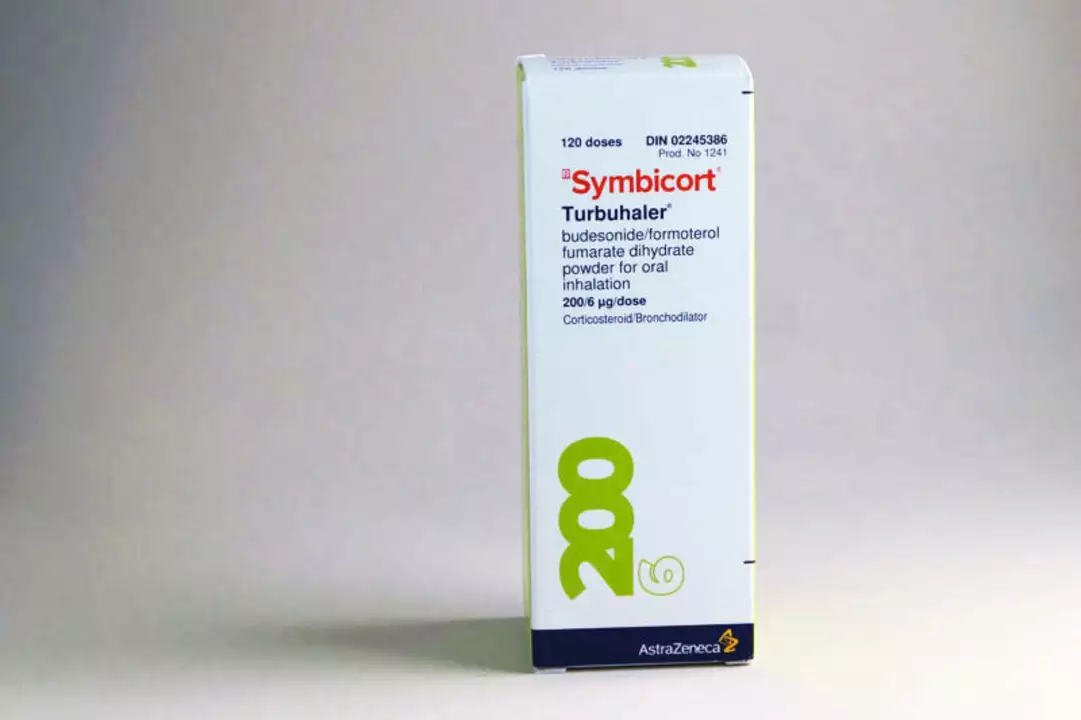Being a parent means making quick decisions about medicine for your child. This guide gives clear, practical steps for handling prescriptions, over the counter drugs, and supplements so you feel confident and calm.
Check the dose every time. Kids' doses change with weight, not age alone. Use the current weight from the doctor's chart and match it to the dosing instructions. If the label lists mg per kg, multiply your child’s weight in kilograms by the prescribed mg to get the right dose. Ask the pharmacist to confirm if you feel unsure.
Measure medicine correctly. Never use kitchen teaspoons. Buy an oral syringe or dosing cup and use the device that comes with the medicine. Rinse and dry the device after each use and store it with the medication so you always use the same tool.
Know common side effects and when to call. Mild stomach upset, sleepiness, or rash can happen with many drugs. If your child has trouble breathing, swelling of the face, a severe rash, repeated vomiting, or sudden behavior change, get emergency care. Keep your pediatrician and local poison control numbers saved in your phone.
Store medicines out of sight and reach, in a locked box if possible. Keep adult and pet medications separate from children’s. Never give a child medicine prescribed to someone else. Dosing errors happen fast when pills are swapped or borrowed.
Buying meds online can save money, but pick reputable sites only. Look for a real pharmacy license, clear contact info, and secure checkout. If a site sells prescription drugs without asking for a prescription, avoid it. Use price-comparison tools and verified discount services for chronic meds, and always verify the medication and expiration date when it arrives.
Talk to your child in simple terms. Explain why a medicine is needed, how it helps, and what might feel different while taking it. Older kids can learn to measure doses and keep a dose log. That builds responsibility and reduces accidental overdoses.
Keep a medication log. Note the drug name, dose, time given, and the reason. A log prevents double dosing and helps your pediatrician track response. If you try a new brand or generic, write that down too — reactions sometimes vary between manufacturers.
Ask the right questions at appointments. What is the exact dose per weight? How long should we use this? What signs show the medicine is helping? Are there foods, supplements, or other drugs to avoid? If your child takes multiple prescriptions, ask the doctor to check for interactions.
When in doubt, reach out. Your pharmacist and pediatrician are there to help. If you suspect poisoning, call poison control immediately. Small actions — correct dosing, safe storage, and clear communication — cut risk and keep your child healthy.
Keep vaccine records, allergy lists, and a current medication photo on your phone for quick reference during appointments and emergencies and family members.

As a parent, managing my child's asthma can be challenging, but I've found that Budesonide Formoterol has been a game changer. This medication combines two active ingredients to help prevent asthma attacks and reduce inflammation in the airways. It's crucial to follow the prescribed dosage and schedule to ensure effectiveness. Educating myself on potential side effects and monitoring my child's overall health has also been vital. With the right approach, Budesonide Formoterol can be a valuable tool in helping our little ones breathe easier.